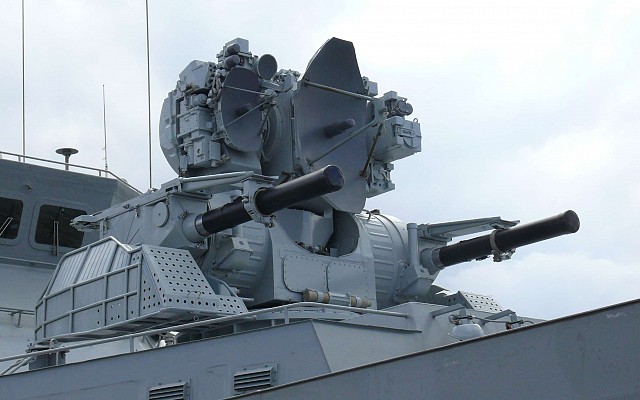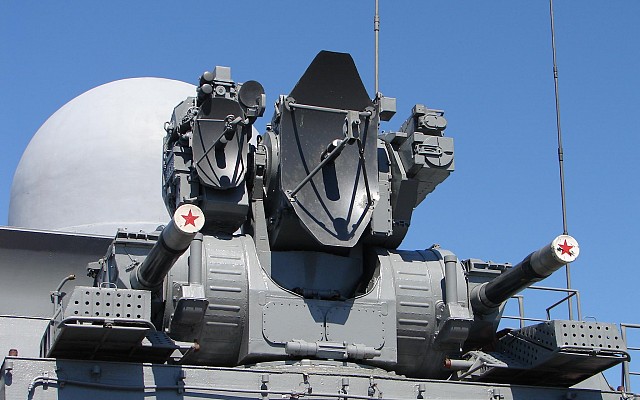30mm Kortik
NATO: CADS-N-1 Kashtan
Overview
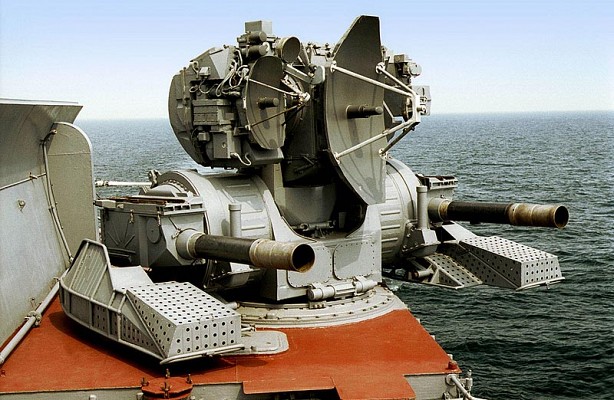
Kortik
Kortik close-in weapon system shown without missiles.
Source: www.otvaga2004.ru -
© Copyright lies with original owner
Naval SAM system
Soviet Union - Altair
Russia - Tulamashzavod
CADS-N-1 Kashtan (NATO reporting name)
SA-N-11 Grison (NATO reporting name)
Kashtan (export model)
India
China
Variants
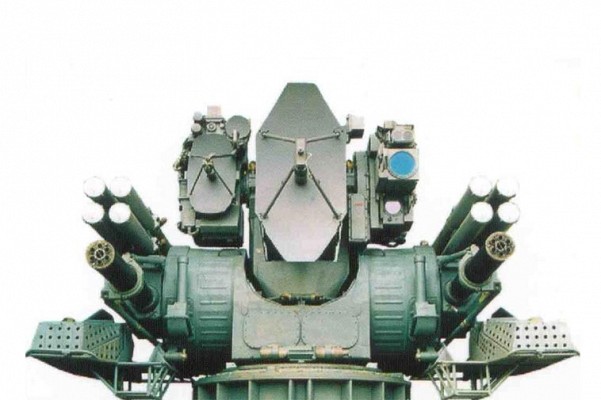
Kashtan-M
Frontal view of Kashtan-M close-in weapon system.
Source: KBP Instrument Design Bureau -
© Copyright lies with original owner
Variants of the Kortik
Details
Media
Classes of ship with Kortik
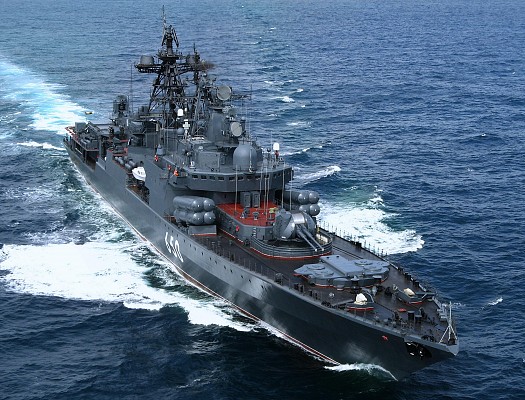
Project 1155.1 Fregat-M class
Aerial view of Russian navy Project 1155.1 Fregat-M (NATO: Udaloy II) class destroyer.
Source: Unknown author -
© Copyright lies with original owner
Subcomponents
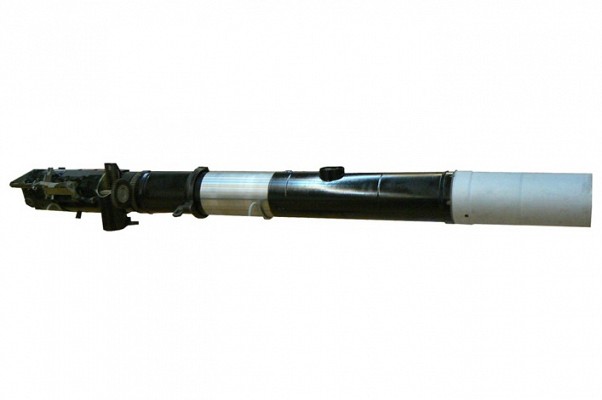
30mm Gryazev-Shipunov GSh-6-30
Kortik and Kashtan are armed with two AO-18K autocannon, while Kasthan-M is armed with two AO-18KD.
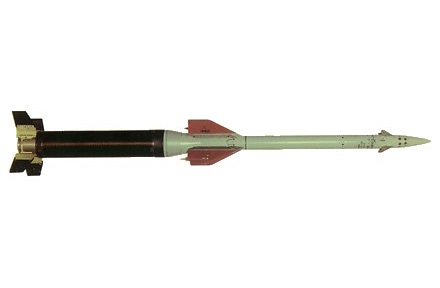
9M311
The Kortik fires the 9M311K missile with radio command guidance. Kashtan-M can also use the 9M311M1 missile.
Related articles
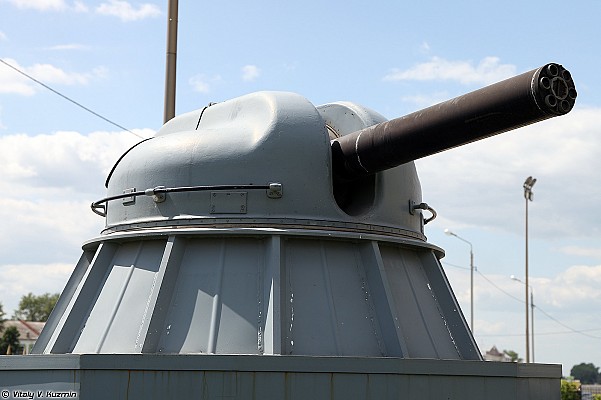
30mm AK-630
The Kortik is a major improvement over the AK-630, but is also a much large, more complicated and more expensive system.
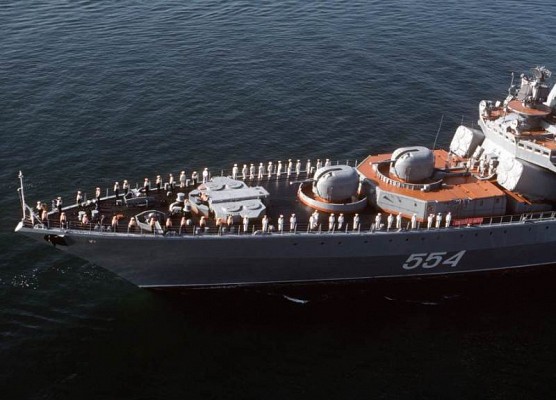
3K95 Kinzhal
The Kinzhal is a naval SAM system with vertical launch system. This system was rumored to be favored over the Kortik since its engagement zone against aircraft is significantly large and performance against incoming anti-ship missiles reportedly better than the original 9M311K missiles.
